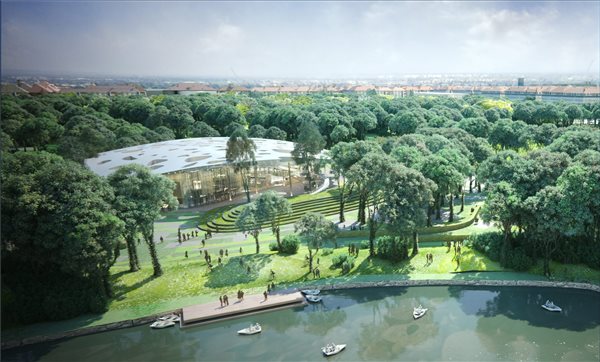Liget Budapest
Liget project vows to save some trees after protests

DK calls on interior minister to probe security guard actions in City Park

Parliament’s committee addresses Liget project with opposition lawmakers

Protesters to get a fair hearing on City Park project, says govt commissioner

Protest held at City Park

Liget Budapest – Demolition works start in City Park – Photos – UPDATE

Probe called into City Park construction violence

Weekly government press briefing – Hungary to remain Britain’s strategic ally

Police remove protesters against construction in City Park

LMP voices support for civil protest against City Park construction

Liget project – City Park plans harmonised with 2015 government decree

Liget project: Municipal leaders plan to chop down more than 2,000 trees?

This is how the City Park will look like in 2019 – VIDEO

Liget Budapest – Hungarian architectural company to design the new building of the Museum of Ethnography – PHOTO GALLERY

Manager urges reluctant mayor to cooperate on Liget Project

Civil groups hold protest against Liget Project

LMP, Socialists oppose Liget project, tree-felling

Vast majority of Budapest people rejects incorporation of City Park






